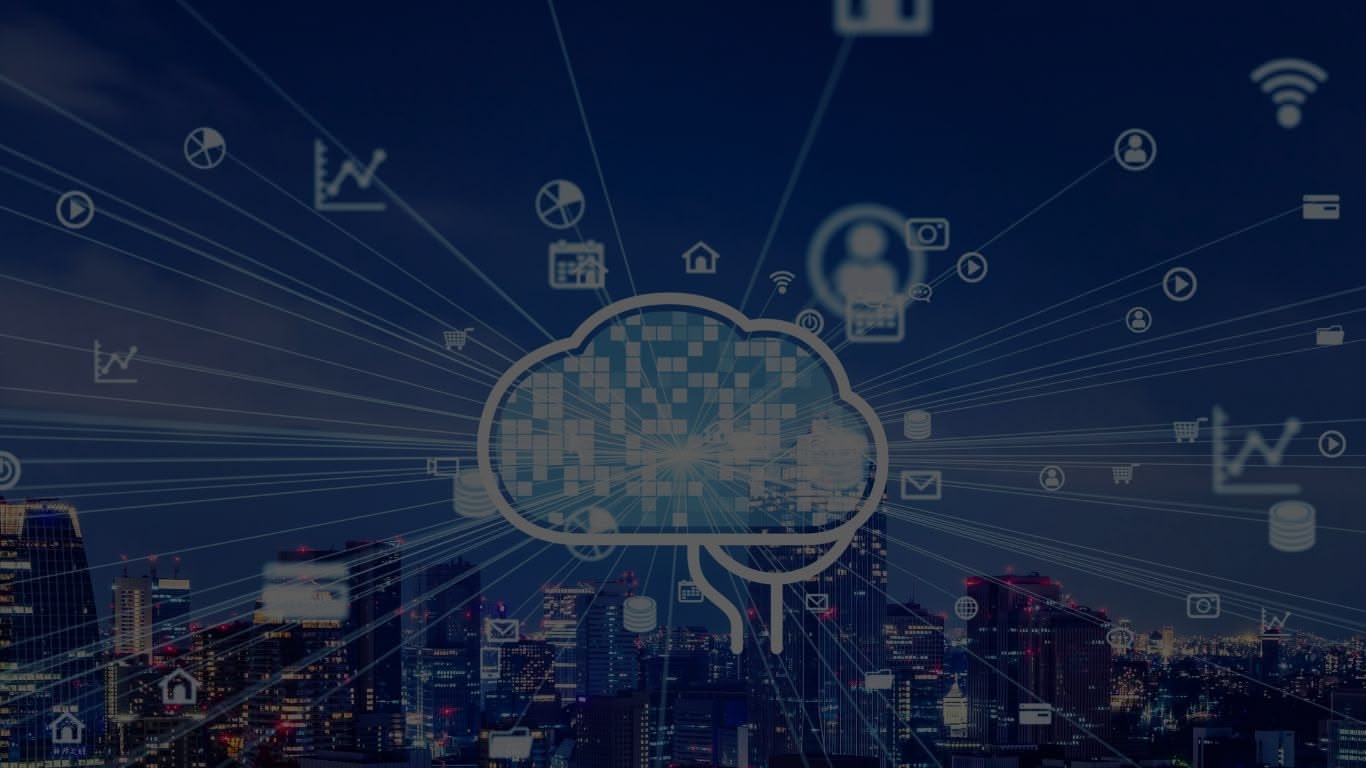As cell networks evolve from 4G to 5G and set sights on 6G, the demand for quicker speeds, decrease latency, and clever automation has by no means been better. A key expertise enabling this transformation is AI-RAN—Synthetic Intelligence in Radio Entry Networks.
On this article, we’ll examine what AI-RAN is, why it issues, the way it works, and the way it’s shaping the subsequent era of cell connectivity.
What Is a Radio Entry Community (RAN)?
Earlier than diving into AI, let’s perceive the function of a Radio Entry Community (RAN). RAN is the a part of a cell community that connects consumer gadgets like smartphones, tablets, or IoT sensors to the core telecom community. It consists of base stations, antennas, and processing models that handle wi-fi communication between gadgets and the web.
What Is AI-RAN?
AI-RAN refers back to the deep integration of Synthetic Intelligence (AI) and Machine Studying (ML) into the RAN infrastructure. In contrast to conventional RANs, which depend on static configurations and handbook intervention, AI-RANs are dynamic, self-optimizing, and able to studying from real-time knowledge.
It’s not simply an add-on; AI turns into a native a part of the community structure, serving to to investigate visitors, predict points, stability hundreds, and adapt to altering situations immediately.
Why AI in RAN? The Want for Smarter Networks
Legacy RAN programs work on pre-defined guidelines and require human operators to regulate configurations. This strategy is reactive, inefficient, and unable to deal with fashionable calls for corresponding to:
- Huge development in knowledge utilization
- Rise of linked gadgets (IoT)
- Extremely-low latency wants for purposes like autonomous autos and distant surgical procedure
- Dynamic community environments
AI addresses these challenges by enabling networks to be predictive, adaptive, and autonomous, minimizing downtime and enhancing consumer expertise.
Core Features of AI-RAN
1. Site visitors Prediction & Load Balancing
AI algorithms forecast community demand very similar to climate apps predict rainfall. By analyzing previous utilization tendencies, real-time visitors, and exterior elements (like occasions or holidays), AI can:
- Anticipate congestion
- Proactively distribute customers throughout close by towers
- Alter community parameters upfront
This improves community effectivity and prevents service slowdowns throughout peak instances.
2. Dynamic Useful resource Allocation
AI acts like an clever scheduler, allocating assets corresponding to bandwidth, spectrum, and energy dynamically. When high-demand purposes like video calls or gaming spike, AI shifts assets accordingly, making certain high quality with out overusing capability.
It learns from ongoing utilization patterns, repeatedly enhancing how assets are assigned.
3. Self-Therapeutic Capabilities
One of the vital thrilling points of AI-RAN is its skill to detect and repair points robotically. It screens gear well being and efficiency metrics, identifies anomalies, and takes corrective motion—like adjusting energy ranges or rerouting visitors.
This reduces human error, hastens fault decision, and improves community uptime.
4. Vitality Optimization
Cellular networks eat giant quantities of vitality. AI helps by:
- Powering down unused parts throughout off-peak instances
- Adjusting transmission energy primarily based on real-time demand
- Coordinating vitality utilization with renewable sources
Main corporations like Ericsson and Nokia have reported as much as 30% vitality financial savings utilizing AI-powered optimization instruments.
5. Mobility and Handover Administration
AI improves how gadgets swap between towers as customers transfer. By predicting motion patterns and making ready the community for transitions, AI reduces dropped calls and interruptions—particularly essential for linked vehicles and real-time apps.
AI-RAN in 5G and Past
In 5G
AI-RAN is already making 5G networks extra environment friendly. It performs a job in:
- Managing large MIMO (A number of Enter, A number of Output) programs
- Optimizing community slicing—the division of a bodily community into a number of digital ones for various companies
- Enhancing edge computing efficiency
Towards 6G
In future 6G networks, AI can be absolutely embedded—AI-native. AI will:
- Be constructed into each community layer
- Allow new purposes like wi-fi vitality switch, holographic calls, and immersive AR/VR
- Help absolutely autonomous programs that handle themselves with out human enter
Three integration approaches are anticipated:
- AI over RAN – AI optimizes sign and transmission paths
- AI with RAN – AI shares infrastructure with community features
- AI on RAN – AI companies are delivered instantly on the community edge
Benefits of AI-RAN
| Profit | Description |
|---|---|
| Improved Effectivity | Higher spectrum utilization and dynamic useful resource allocation |
| Decrease Prices | Lowered handbook upkeep and vitality financial savings |
| Higher QoS | Predictive changes for seamless connectivity |
| Quicker Problem Decision | Automated fault detection and self-repair |
| Scalability | Simply helps thousands and thousands of gadgets and numerous companies |
| Sustainability | Decrease vitality utilization by way of clever optimization |
Key Challenges to Deal with
Regardless of the advantages, AI-RAN implementation isn’t with out hurdles:
Information Privateness and Safety
AI wants entry to large knowledge units, elevating considerations about consumer privateness and cyberattacks. Securing these programs and making certain accountable AI conduct is important.
Complexity in AI Mannequin Coaching
AI fashions for RAN require high-quality knowledge, computational assets, and steady updates. Coaching them to carry out constantly throughout completely different environments is technically demanding.
Integration with Legacy Programs
Operators should mix AI with their present infrastructure, which could be sophisticated and should contain service disruptions if not managed fastidiously.
Business Adoption: Actual-World Examples
AI-RAN Alliance
Shaped in 2024 by tech giants like Ericsson, Nokia, Samsung, Microsoft, AWS, and NVIDIA, this alliance accelerates the adoption of AI in RAN by way of shared greatest practices, R&D, and standardization.
Huawei & China Unicom
Deployed the world’s first 3D AI-optimized 5G-A community in Beijing. Their RAN Clever Agent has improved community efficiency throughout hundreds of websites with minimal human intervention.
Samsung
Utilizing AI for enhanced channel estimation, enhancing each obtain and add speeds. Collaborations with NVIDIA and SoftBank are pushing additional innovation.
T-Cellular
Analyzing billions of information factors with AI to prioritize 5G enlargement primarily based on buyer worth, not simply inhabitants density.
Verizon
Launched AI Join—a platform that helps AI workloads from edge to cloud, constructed on partnerships with Google Cloud, Meta, and NVIDIA.
Conclusion
AI-RAN isn’t simply an improve—it’s a revolution. It transforms conventional cell networks into clever programs that study, predict, and optimize in real-time. As 5G turns into mainstream and 6G approaches, AI-RAN can be important for delivering next-generation companies with pace, effectivity, and intelligence.
From quicker fault detection and vitality financial savings to enhanced consumer expertise, AI-RAN units the muse for a wiser, extra linked world. It’s not simply powering the subsequent era of radio networks—it’s redefining what these networks can do.




